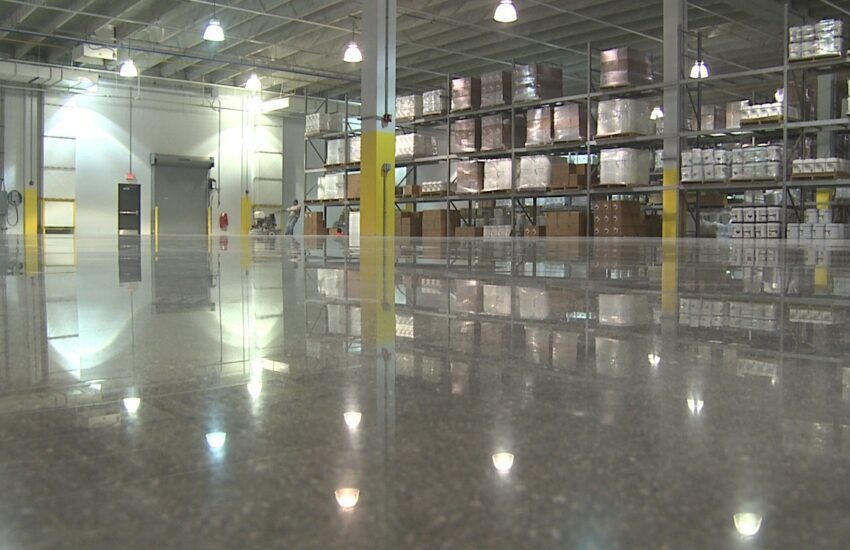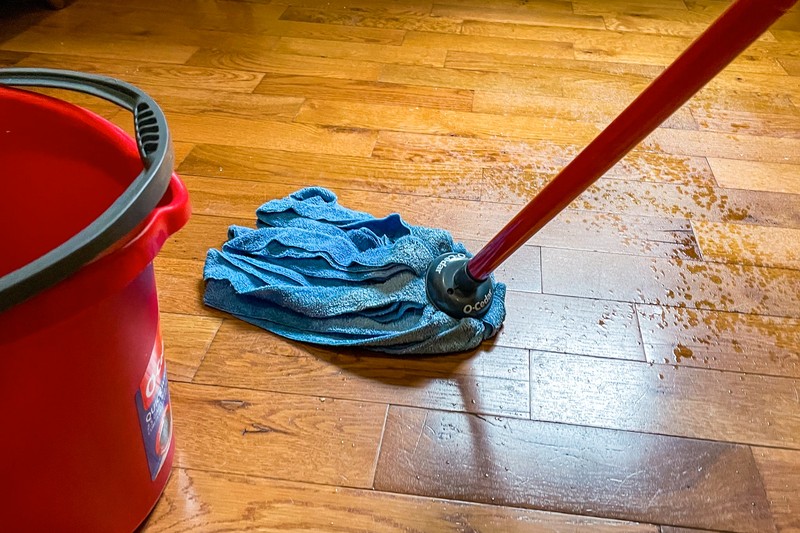More than any other surface in your home, a kitchen floor needs to withstand everything from spilled fruit juice at the breakfast table, the muddy paw prints of your mischievous puppy, even a spontaneous game of indoor soccer by children. We see you thinking: “it does not go together with real wood after all.” Yes, of course! We give you valuable tips about wood in your kitchen.

Consult an expert
Always seek the advice of a specialist: He will examine whether space and the substrate are suitable for laying your wood or whether they may need to be adjusted or treated.
Choose quality wood
Choose a wood species with excellent durability, resistant to mould. The oak, bamboo and tropical hard wooden floors all have a durability class of 1 to 3. This means they are at least 25 years resistant to all mould with regular use.
Pronounced drawing
When choosing your wood, think for a moment about the design in the wood. One of the significant advantages of oak, for example, is that it has a somewhat pronounced grain so that you will see less dirt and scratches than some other types of wood.
Structured wood
Hard wooden floors with a light texture and a polished finish look beautiful, but after a few pots and pans knocked over, maybe they won’t be so spotless. This is why many people choose a more structured and rustic wood. They look great in the kitchen and high traffic areas. Most of the surface damage merges perfectly with the existing structure. In most cases, after a determined period, this type of flooring gives even better. When choosing Wooden Flooring for Kitchen, this happens to be the most crucial choice.
Small chamfers
Choose a floor without a bevel or with a micro bevel. This will help prevent dirt and dust from building up between the planks.
Light shades
Light or natural wooden floors are more practical for the kitchen. Dust and crumbs attract less attention than darker surfaces.
Neat pose
Is your kitchen itself ready for renewal as well? So, for a better result, install the floor also below the kitchen appliances. When placing the devices, however, take care that the floor is not damaged.
No water under your wood
If you have opted for tongue-and-groove wood, use waterproof glue to attach the floor panels to each other. When laying a click, wood is better to use a special sealant. Also, certify that all expansion joints are carefully sealed with waterproof silicone.






